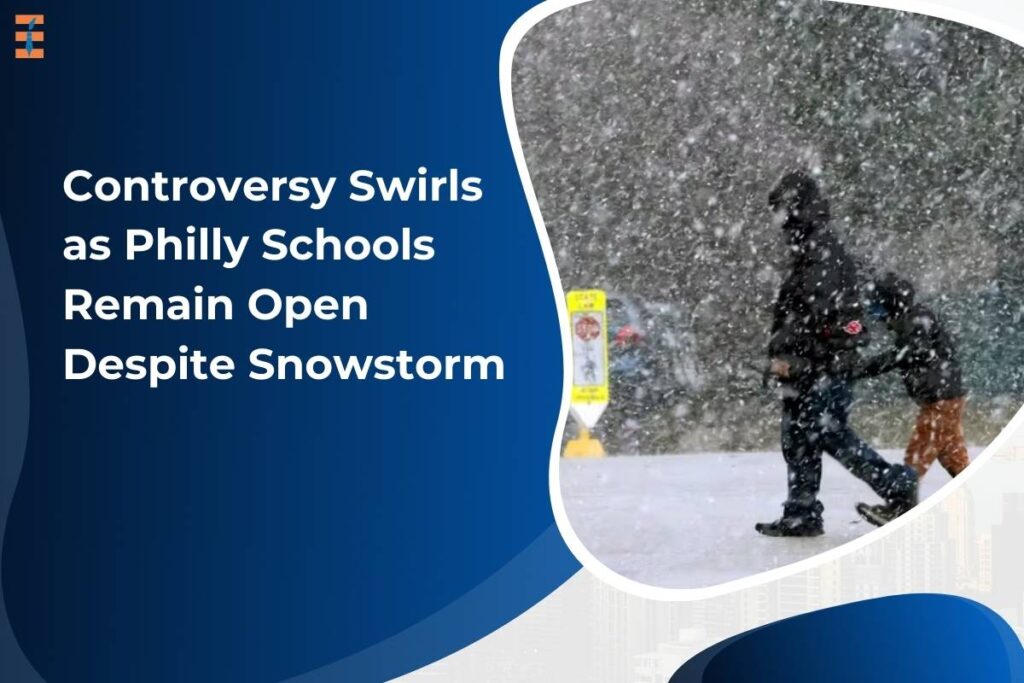In a move that left many scratching their heads, the Philadelphia School District chose to keep Philly schools open during the first significant snowfall in years while neighboring suburban districts and even the Archdiocese of Philadelphia opted for closures and delays. The decision has sparked outrage among staff, parents, and union leaders, who argue that it not only endangered the safety of students and employees but also disrupted the learning environment.
Union leaders, including Robin Cooper, president of Teamsters Local 502, expressed strong disapproval of the district’s decision. Cooper emphasized the need to reconsider Philly school operations, especially in the post-pandemic era when unexpected events like severe weather can impact the safety and well-being of all involved.
Jordan voiced concerns over the decision
Philadelphia Federation of Teachers’ President, Jerry Jordan, voiced concerns over the decision, pointing out the dangerous street conditions and potential risks for staff commuting from outside the city. Despite attempts to communicate these concerns to district officials, including Deputy Superintendent Jeremy Grant-Skinner, there was no response.
District spokesperson Monique Braxton defended the decision, stating that the district prioritizes student and staff well-being but aims to keep schools open for in-person learning whenever possible. Late arrivals were excused, but reports from various Philly schools across the city revealed widespread absences among both students and staff.
Teachers expressed concern about students
Teachers described challenging conditions, with icy streets and insufficient snow removal around Philly school premises. One teacher questioned the decision, highlighting the inconsistency of closing courts due to safety concerns while keeping Philly schools open for children. Another reported freezing classroom temperatures and expressed concern about students navigating icy sidewalks on their way home.
The impact on attendance was evident, with one high school principal reporting only a 35% student turnout. Teacher attendance was better, but many arrived late, leading to disruptions in class schedules and the reassignment of administrators and counselors to cover classes.
The principals’ union president, Robin Cooper, received numerous messages from members expressing frustration and concerns about the lack of a contingency plan for staff shortages. Some criticized the central office for apparently allowing employees to work remotely, while school-based staff faced challenges getting to their workplaces.
As controversy continues to brew, questions are being raised about the district’s decision-making process and its consideration of safety and logistical challenges during inclement weather. The incident highlights the ongoing debate about the balance between maintaining in-person learning and ensuring the safety and well-being of students and staff in unpredictable conditions.
Also Read: Top 10 Universities in the US










